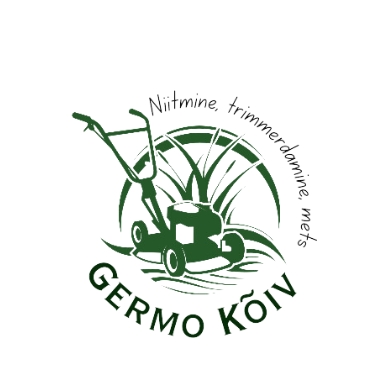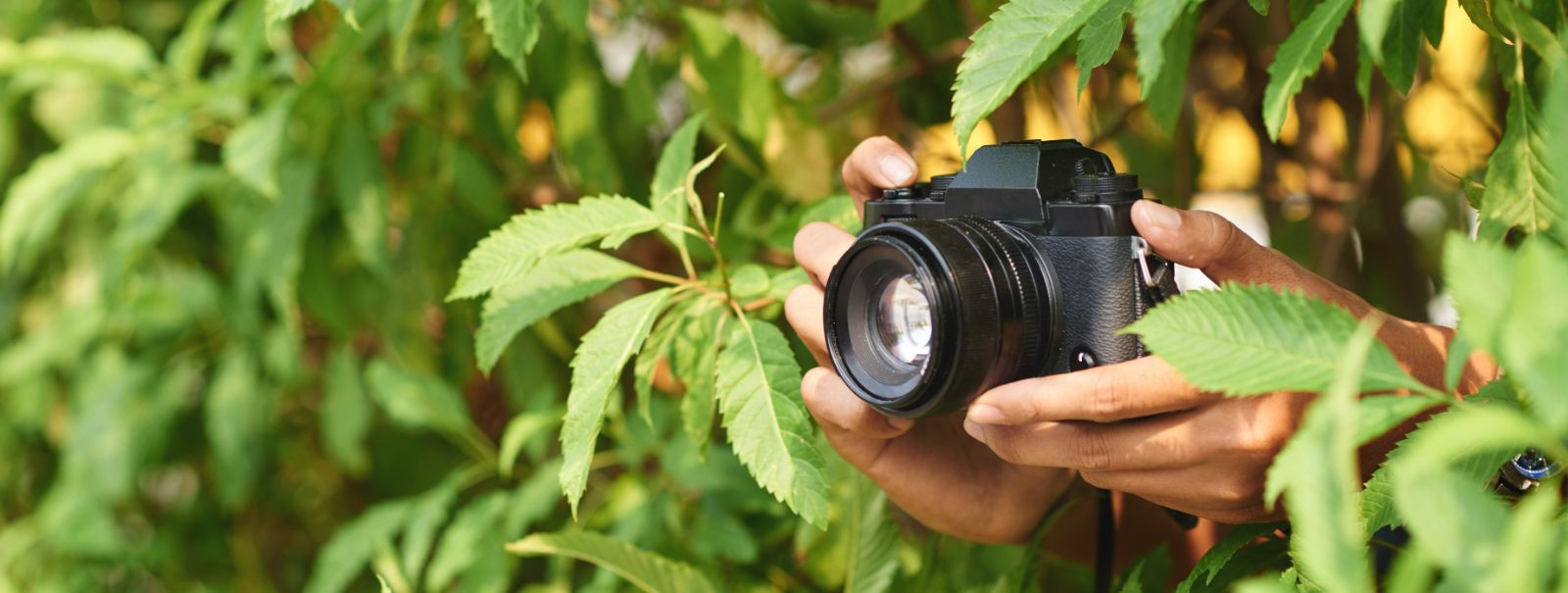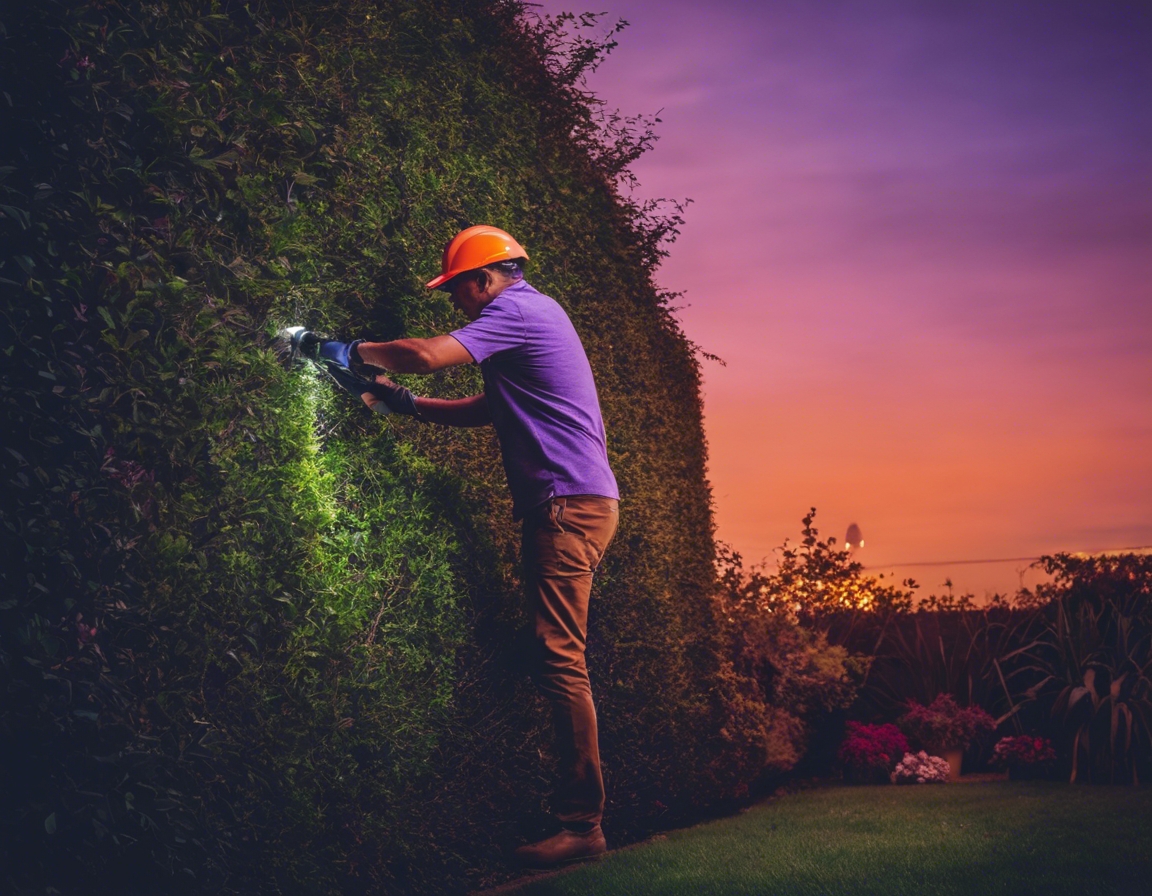5 tips for safe tree cutting in your backyard
Tree cutting in your backyard is not just about improving the aesthetics or making space for new projects; it's a task that requires careful consideration and adherence to safety protocols to prevent accidents and property damage. Whether you're a homeowner looking to manage your property's trees or an event organizer preparing a venue, understanding the risks and the right approach to tree cutting is crucial.
Tree cutting can be hazardous, and safety must always come first. Falling branches, malfunctioning equipment, or improper techniques can lead to serious injuries or even fatalities. It's essential to recognize the potential dangers and prepare accordingly.
Before embarking on any tree cutting task, consider whether you have the necessary skills and equipment. In many cases, hiring professionals like GERMO KÕIV FIE can save you time and ensure the job is done safely and efficiently.
Tip 1: Proper Planning and Assessment
Inspect the tree for signs of disease, decay, or structural weaknesses. A tree in poor health may require a different approach than a healthy one. Consider the tree's size, age, and species as part of your assessment.
Look for nearby power lines, structures, or other trees that could be affected by the cutting process. Plan your cuts and the tree's fall direction to minimize risks.
Tip 2: Using the Right Equipment
Equip yourself with the necessary tools such as chainsaws, axes, and ropes. Ensure they are suitable for the size and type of tree you're dealing with.
Regularly maintain your equipment to keep it in good working condition. Always follow the manufacturer's instructions and use the tools as intended to prevent accidents.
Tip 3: Protective Gear and Safety Measures
Wear appropriate PPE such as helmets, gloves, eye protection, and ear protection. This gear will help protect you from flying debris, noise, and other hazards.
Establish a clear area around the tree where no one should enter while cutting is in progress. This safety zone helps prevent injuries to bystanders and keeps the workspace secure.
Tip 4: Proper Cutting Techniques
Learn about different cutting techniques such as notching and the three-cut method. These techniques help control the direction of the tree's fall and can prevent the tree from splitting or falling unpredictably.
Use wedges and ropes to guide the tree's fall in the desired direction. This control is vital for preventing damage to surrounding property and ensuring personal safety.
Tip 5: Cleanup and Disposal
After the tree has been cut down, promptly remove branches, leaves, and other debris to keep the area safe and tidy. This step is especially important if the space is being prepared for an event or photo session.
Consider environmentally friendly options for disposing of tree waste, such as recycling, chipping, or using it as firewood. Proper disposal ensures that your backyard remains clean and sustainable.






Comments (0)